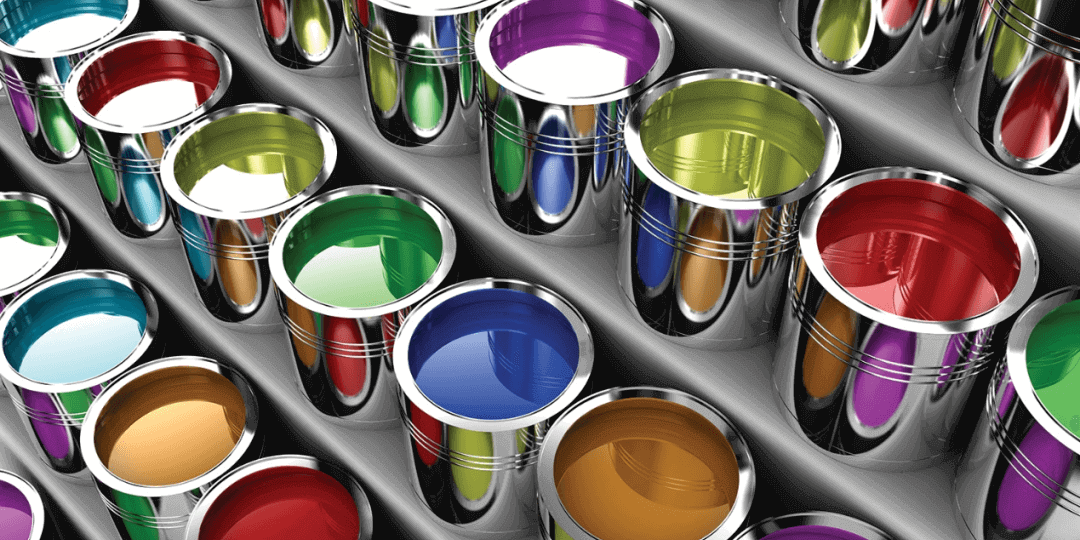Can you provide examples of eco-friendly defoamers that can be used in the textile industry?
Absolutely! It’s increasingly important to source environmentally-friendly alternatives for industrial processes, and that includes defoamers used in the textile industry. Here are a few examples of eco-friendly defoamers:
-
-
Organic Defoamers: Defoamers made from organic materials are generally biodegradable and have low toxicity levels. An example of an organic defoamer is the line of products offered by companies like Organic Defoamer Group, which specialises in creating defoamers from all-natural ingredients.
-
Silicone-based Defoamers: Some silicone-based defoamers, especially those with lower levels of volatile organic compounds (VOCs), can be more eco-friendly than their counterparts.
-
VOC-Free and APE-Free Defoamers: Some manufacturers offer defoamers that are free of volatile organic compounds (VOCs) and alkylphenol ethoxylates (APEs), both of which can have negative environmental and health impacts. Examples include the high performing, versatile defoamers from companies like Elementis or Munzing, which are careful to develop products compliant with environmental regulations.
-
Water-based Defoamers: Defoamers that are water-based, such as those offered by companies like COVENTYA, often boast improved biodegradability and reduced toxicity.
-
Frequently Asked Questions
Q1: Are these eco-friendly defoamers as effective as the traditional ones?
A: Eco-friendly defoamers can perform just as well as traditional ones, but their efficiency might depend on the specific needs of the operation.
A: Eco-friendly defoamers can perform just as well as traditional ones, but their efficiency might depend on the specific needs of the operation.
Q2: Are eco-friendly defoamers more expensive?
A: The cost can vary depending on the manufacturer and the product. While some eco-friendly products might be more expensive, the potential long-term environmental benefits and reduced risk of fines for environmental noncompliance may outweigh the initial cost.
A: The cost can vary depending on the manufacturer and the product. While some eco-friendly products might be more expensive, the potential long-term environmental benefits and reduced risk of fines for environmental noncompliance may outweigh the initial cost.
Q3: How to choose the right eco-friendly defoamer?
A: This depends on your specific application, the type of foam you’re dealing with, the composition of your dying baths, and environmental regulations that apply to your operation. You should consult with an expert or supplier to find the most appropriate product.
A: This depends on your specific application, the type of foam you’re dealing with, the composition of your dying baths, and environmental regulations that apply to your operation. You should consult with an expert or supplier to find the most appropriate product.
Q4: Can all textile manufacturers shift to eco-friendly defoamers?
A: While many manufacturers could make the shift, the decision would depend on several factors, including the nature of their processes, the cost, and the specific types of foam created during their operations.
A: While many manufacturers could make the shift, the decision would depend on several factors, including the nature of their processes, the cost, and the specific types of foam created during their operations.
Q5: What are the benefits of using eco-friendly defoamers?
A: Benefits include a lower environmental impact, potential cost savings from reduced regulatory fines, improved corporate image, and safer working conditions for employees.
A: Benefits include a lower environmental impact, potential cost savings from reduced regulatory fines, improved corporate image, and safer working conditions for employees.
Remember, switching to eco-friendly defoamers isn’t just a step towards environmentally friendly business practices; it’s also about adapting to an industry that’s becoming increasingly regulated to protect the environment.







